Youth

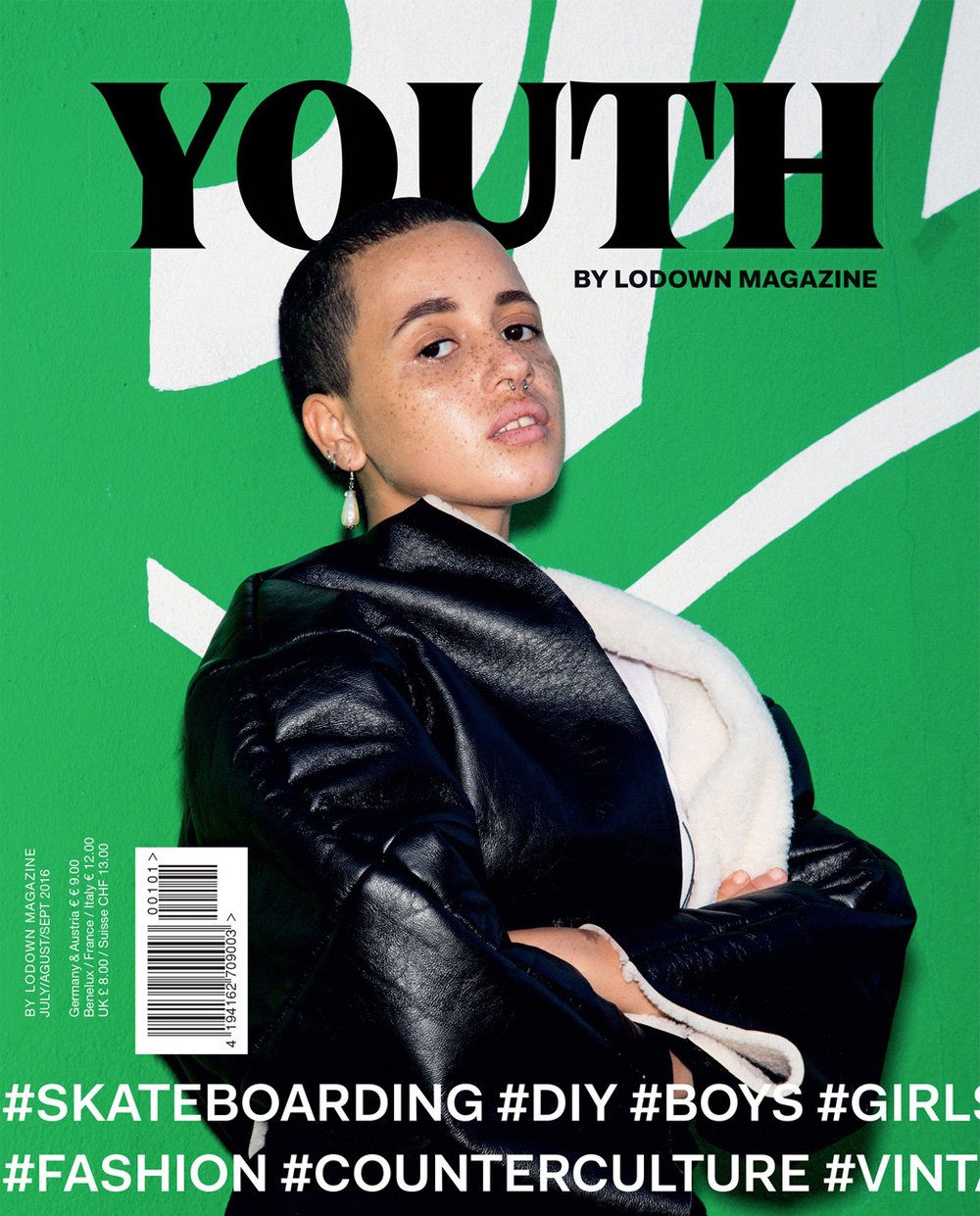
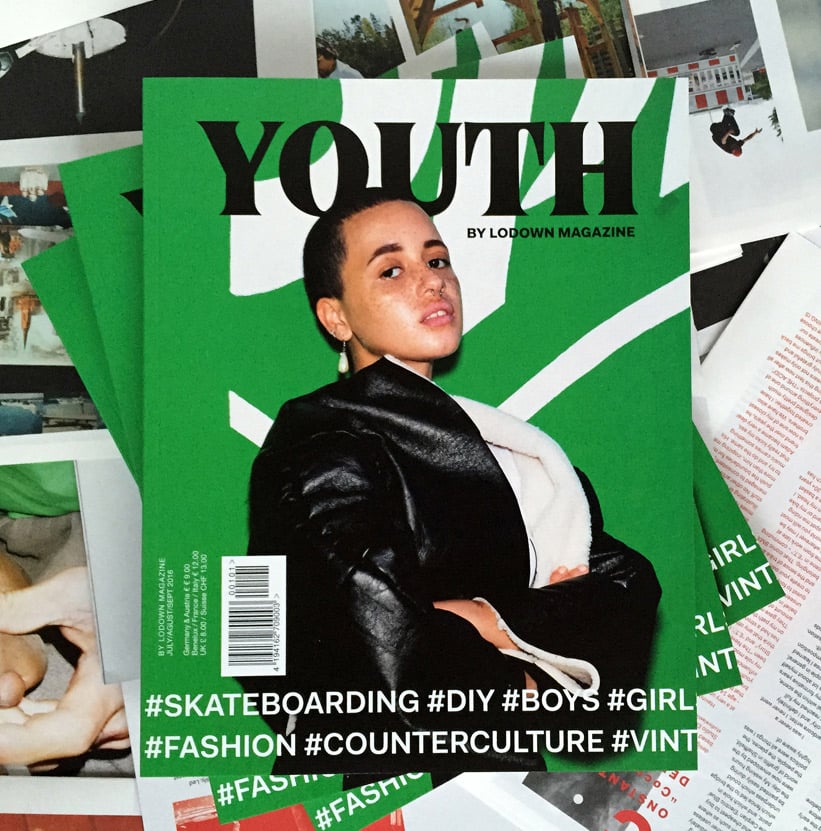
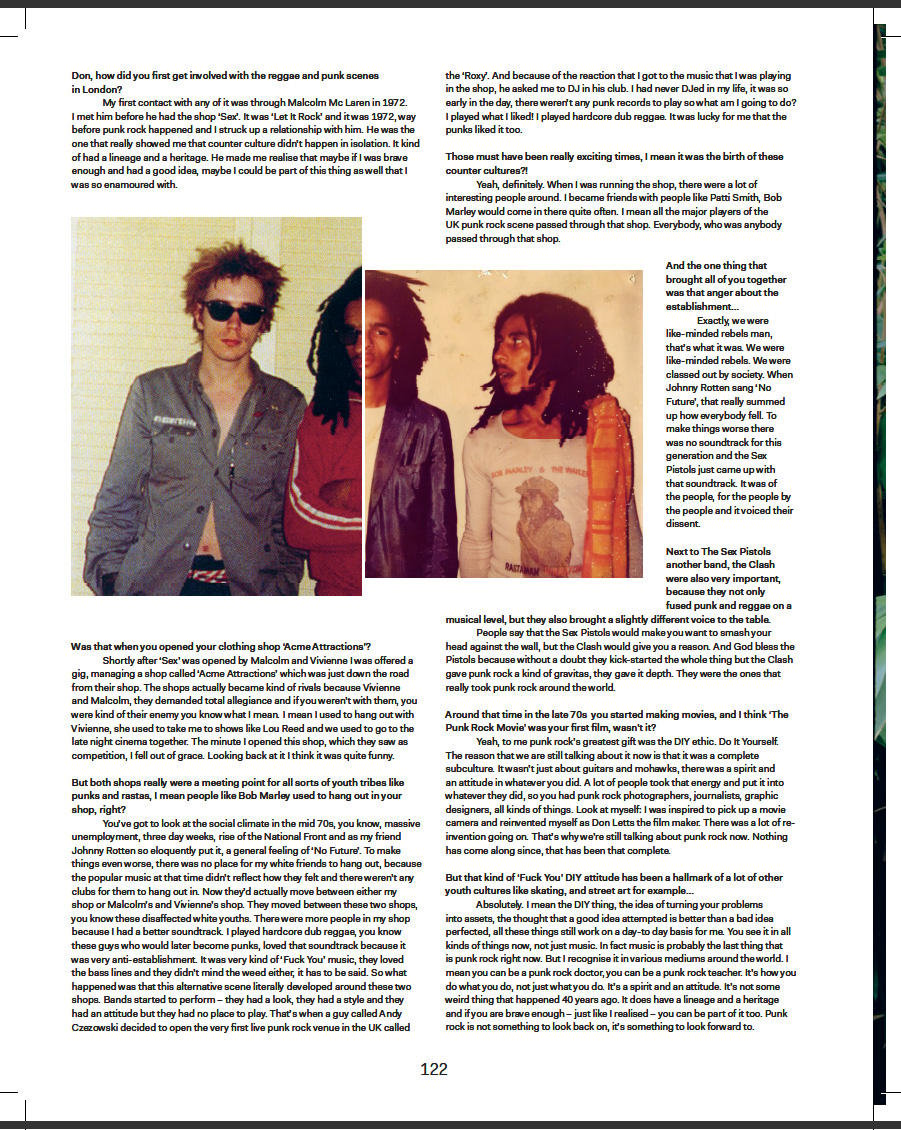
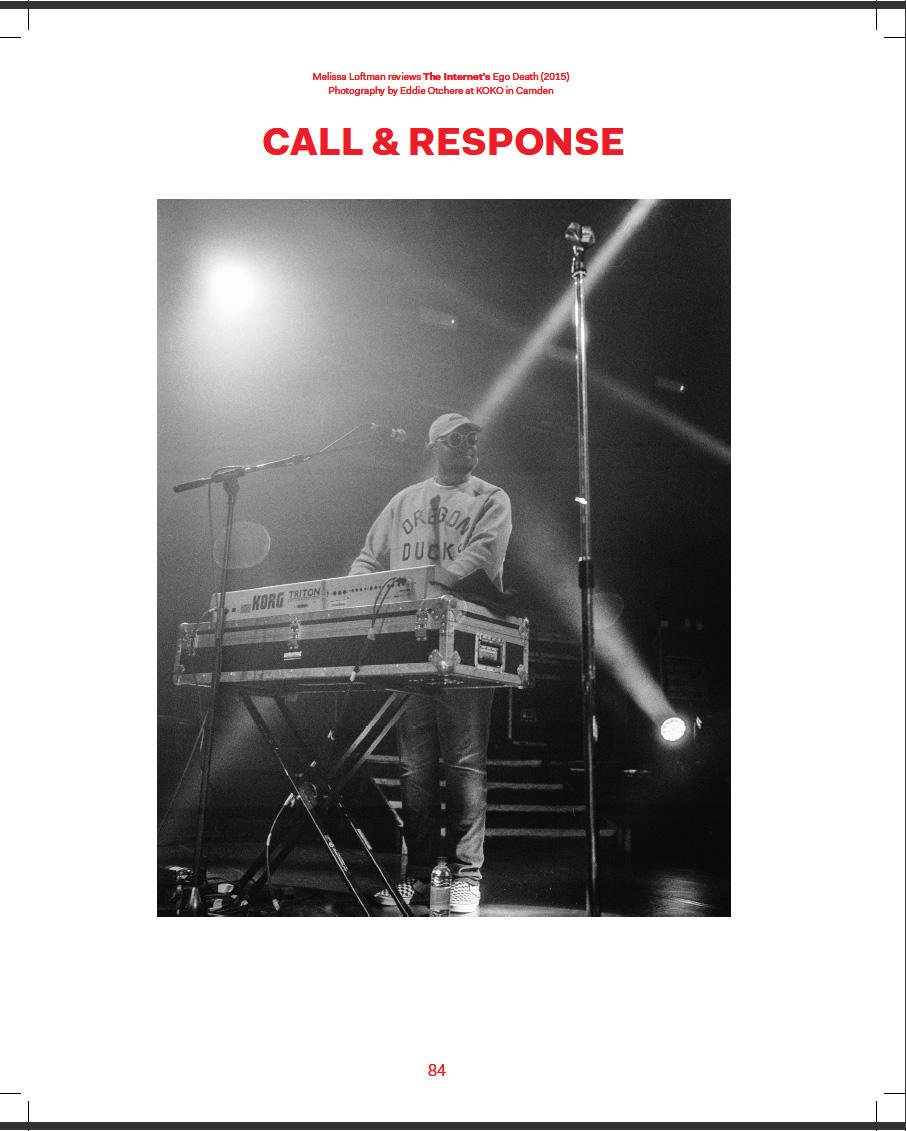
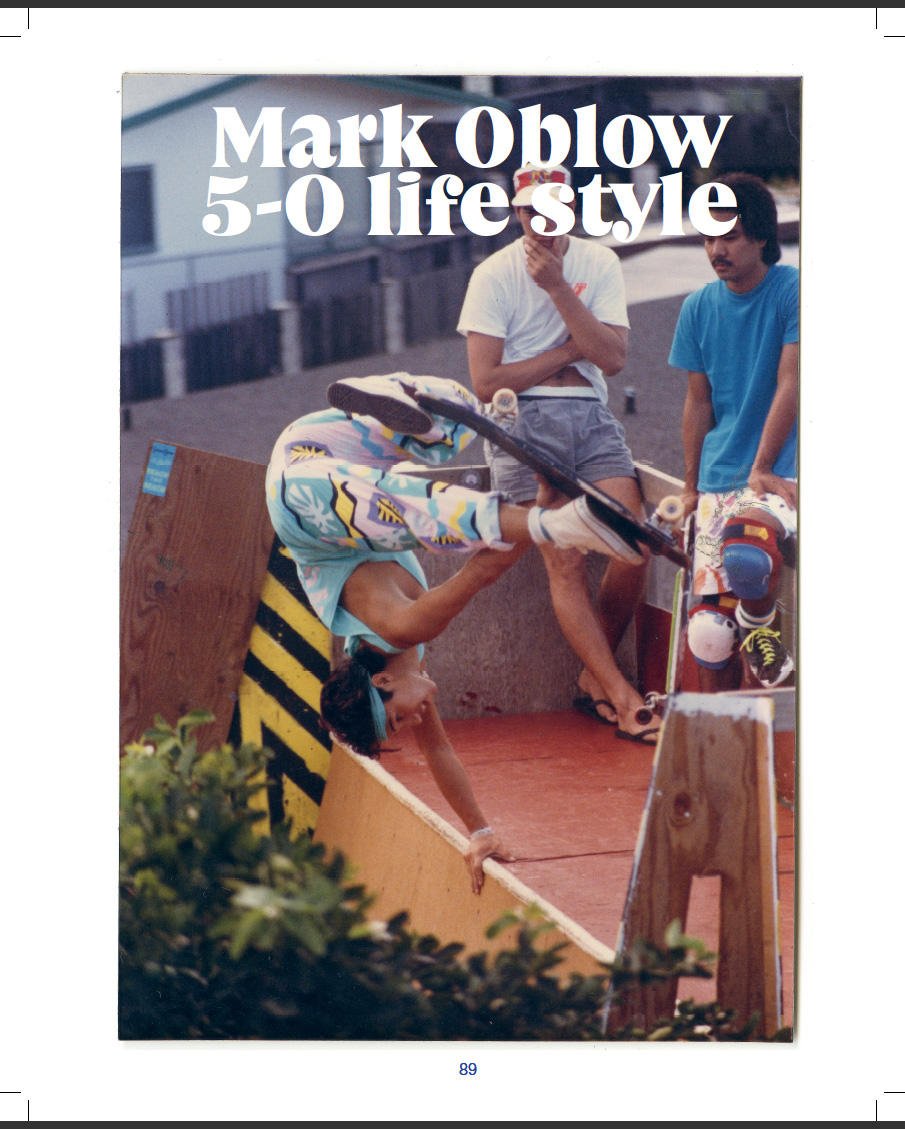
YOUTH by lodown magazine.
Youth Culture did change drastically over the decades. What started as an attitude-driven uprise of youngsters against any kind of authorities, soon got complicated, fragmented, and organised, where it simply should’ve been free-floating. And maybe that’s why - apart from strongholds such as Japan, South Korea and, to a certain degree, England - youth culture has become an almost obsolete term these days. There’s no more transition, just transiency, and the only thing that’s left seems to be a pool of specific dress codes and looks that now get cobbled up by reputable designers to get recycled for a generation that either couldn’t care less or don’t know any better. Youth Culture today is reduced to a phrase whose only purpose is to cover a billion dollar industry that’s low on innovation and ambition and therefore a perfect fit for a commercialised youth detached from offline realities.
On second thought though: Just because I remember YC being strongly connected to counter culture, specific movements and a DIY-ethos, does it actually really mean that it vanished for good or am I simply just too old by now to be able to accurately decode or even understand the new school? And maybe the whole dilemma - if there actually is one at all - has been caused by me and my generation in the first place, since we are the ones responsible to turn the whole thing into a lifestyle by proudly carrying its symbols and affiliations into adulthood? As a result, the experiences made on a daily basis aren’t as profoundly different from the cultural connection between generations, which seems to be rather intact.
Anyway, the intention of this issue isn’t to deliver a rigorous chronicle of youth culture through the ages, it much more reflects on what it feels like to be young, regardless of where you live at this very moment. There’s lots of imagery to find in here, and there’s quite a lot of text as well. So, yeah, who knows, maybe we are the ones to build a bridge between generations after all. Too bad we’re still doing so in print.
